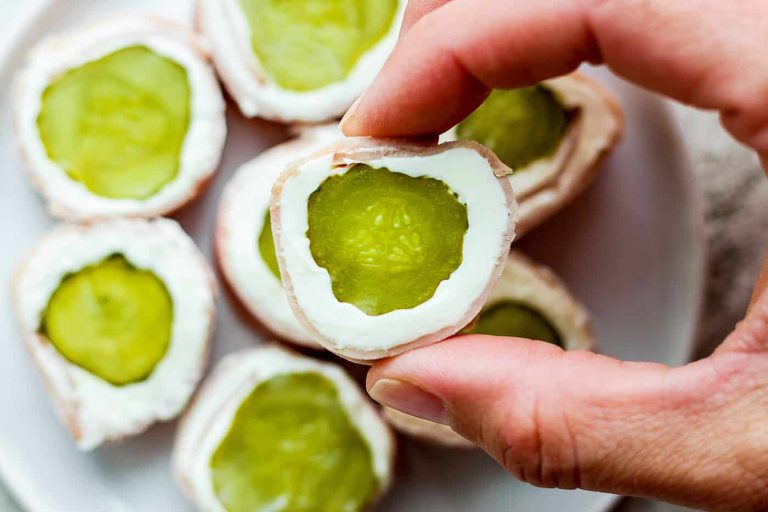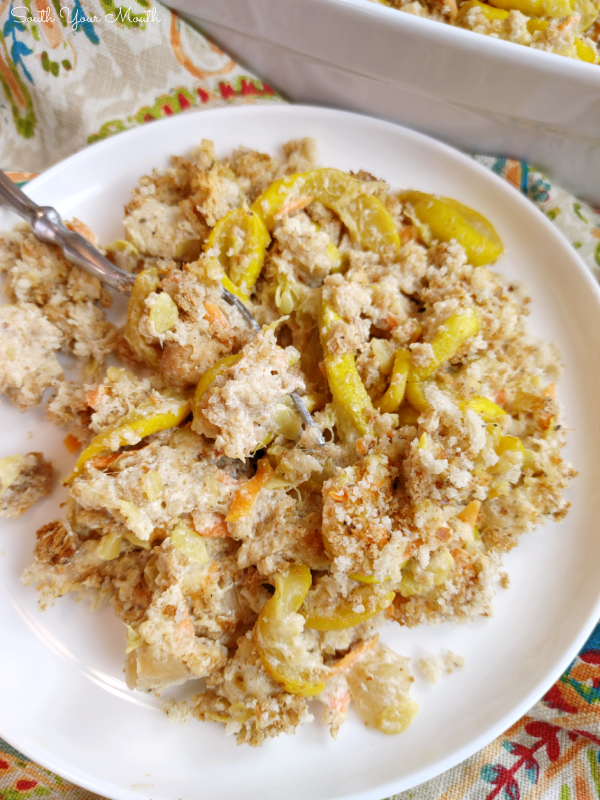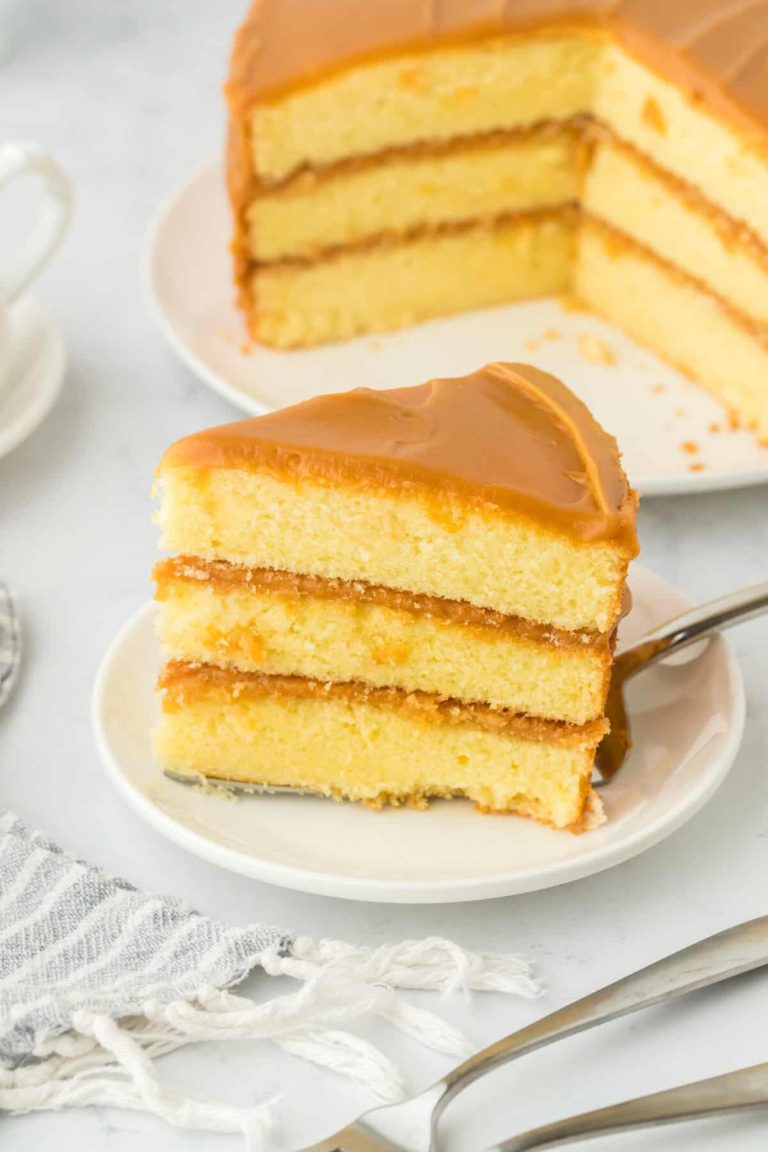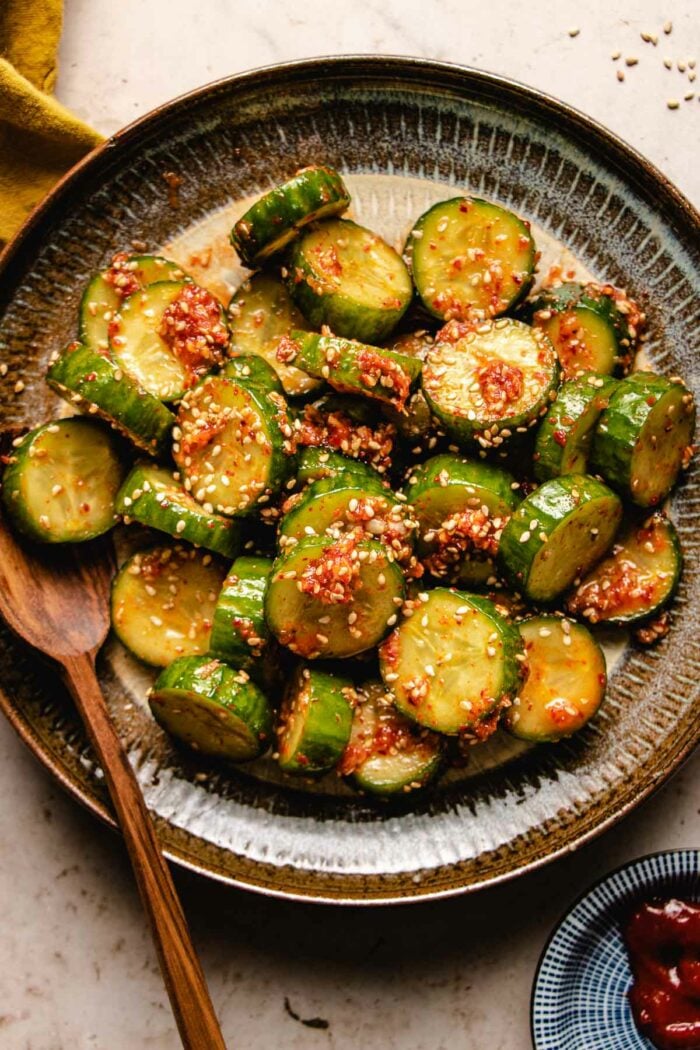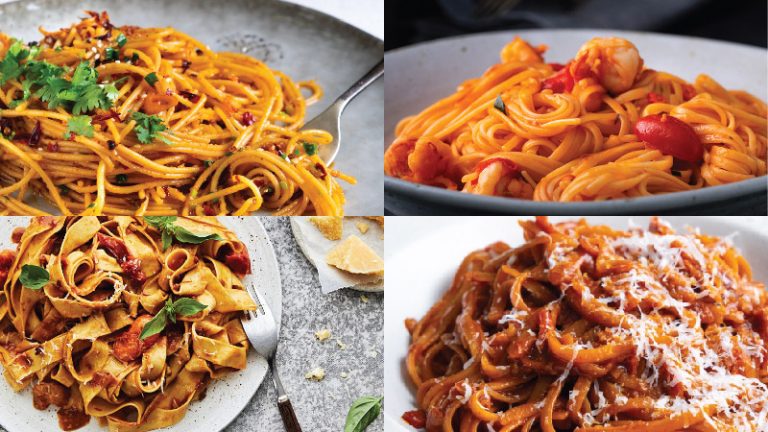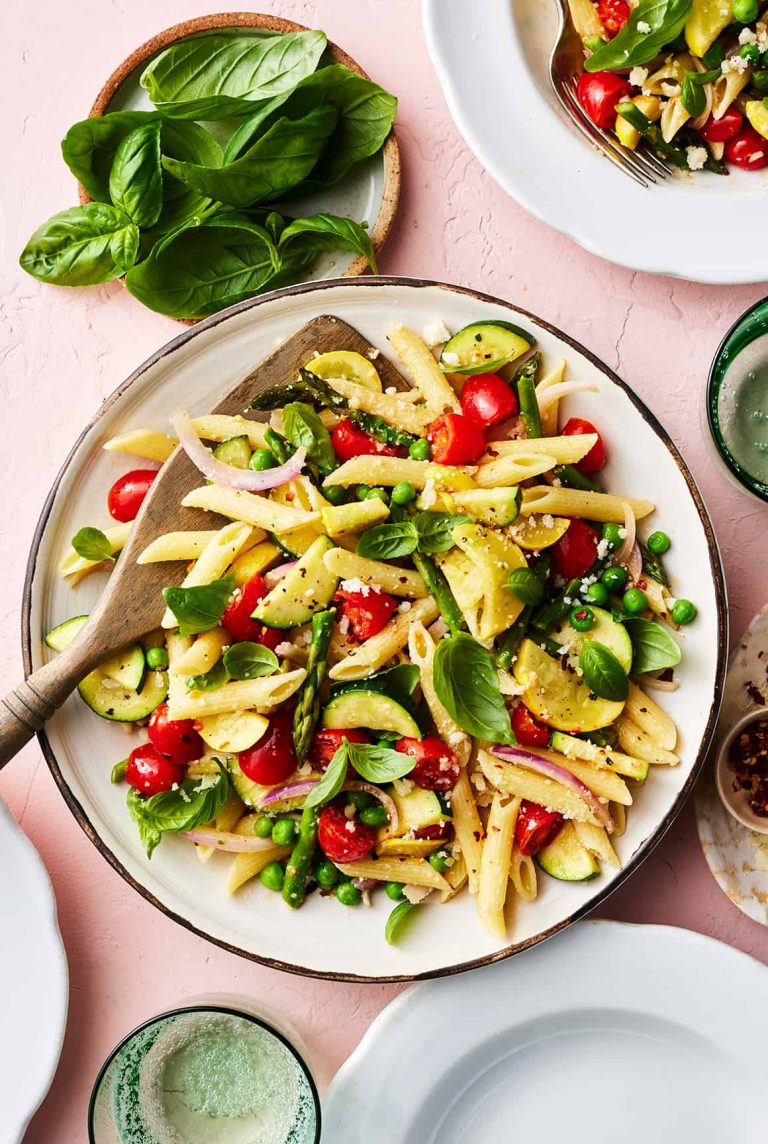Butterscotch Brownies: Tips, Recipes, and Serving Ideas
Butterscotch, a flavor dating back to 19th-century England, originally referred to a hard candy made from brown sugar and butter. The term “butterscotch” first appeared in Yorkshire, reflecting its ingredients, butter and scotched (scored) sugar. Bakers and confectioners soon adapted this flavor to various desserts, integrating it into cookies, cakes, and sauces. The caramel-like taste of butterscotch became a favorite in many sweet treats, paving the way for later innovations.
Evolution of Brownie Recipes
Brownies emerged in North America in the late 19th century. The first known brownie recipe appeared in the Sears, Roebuck catalog in 1898. Initially, these recipes didn’t include chocolate, instead integrating molasses or brown sugar for sweetness. It wasn’t until the early 20th century that chocolate brownies became prevalent. As bakers continued to experiment, blondies (butterscotch brownies) evolved by combining the butterscotch flavor with the chewy, dense texture of traditional brownies. This sweet treat found its niche, offering an alternative to chocolate-based desserts and gaining popularity for its unique taste and straightforward preparation process.
Ingredients for Butterscotch Brownies
Essential Ingredients Explained
Butter: Use unsalted butter to control the salt level. Melted butter provides moisture and richness.
Brown Sugar: Brown sugar adds the characteristic butterscotch flavor and keeps the brownies moist.
Eggs: Eggs act as a binding agent, giving structure and stability to the brownies.
Vanilla Extract: Vanilla extract enhances the butterscotch flavor, adding depth.
Flour: All-purpose flour forms the base of your brownies, providing structure.
Baking Powder: Baking powder helps the brownies rise, giving a slightly cakey texture.
Salt: A pinch of salt balances the sweetness.
Butterscotch Chips: Butterscotch chips intensify the butterscotch flavor and provide additional texture.
Substitutes for Common Allergens
Butter Substitutes: Use coconut oil or dairy-free margarine for a dairy-free version.
Egg Substitutes: Replace eggs with flaxseed meal mixed with water or use a commercial egg replacer.
Gluten-Free Flour: Choose a 1:1 gluten-free baking flour to make the recipe suitable for those with gluten intolerance.
Butterscotch Chips: If unavailable, substitute with white chocolate chips for a different flavor profile while retaining sweetness.
Baking Techniques and Tips
Achieving the Perfect Texture
Balancing ingredients ensures butterscotch brownies achieve the perfect texture. Using the correct ratio of butter and sugar creates a chewy, moist consistency. Measure these key components precisely for optimal results. Maintain a good balance between dry and wet ingredients as it impacts the final product’s density.
Mix thoroughly but avoid overmixing the batter to prevent a tough texture. Fold the dry ingredients into the wet ingredients, ensuring even distribution. Add butterscotch chips at the end to maintain their shape within the batter.
Bake your brownies at a consistent temperature. An oven thermometer ensures accuracy. Aim to pull them out of the oven slightly underbaked; the residual heat will finish the job, keeping the brownies chewy and moist.
Common Mistakes to Avoid
Avoid common mistakes when baking butterscotch brownies for a superior outcome. Using cold butter results in uneven texture. Always use softened or melted butter to ensure even mixing.
Don’t overmix the batter. Overmixing incorporates too much air, leading to cake-like brownies instead of chewy ones. Mix just until the ingredients are combined.
Monitor baking time closely. Overbaking dries out brownies, making them too firm. Check for doneness by inserting a toothpick into the center; it should come out with a few moist crumbs.
Be mindful of ingredient substitutions. Each substitution alters the final texture and flavor. If substituting for dietary reasons, research suitable alternatives closely related to the original ingredients.
Serving and Pairing Ideas
Creative Serving Suggestions
For a versatile dessert, you can serve butterscotch brownies in several creative ways. Cut them into bite-sized pieces for a party platter, or slice them into larger squares for individual servings. Add a scoop of vanilla ice cream on top of warm butterscotch brownies. Drizzle caramel sauce over them for an extra indulgent treat. For a festive occasion, consider dusting them with powdered sugar or drizzling with melted chocolate. Infuse unique flavors by mixing in chopped nuts, dried fruits, or candy pieces into the batter.
Pairings with Beverages
Pair butterscotch brownies with beverages to enhance their flavor. Serve them with a cup of rich, dark coffee to balance the sweet, buttery notes. They pair well with a glass of cold milk, offering a classic and comforting combination suitable for all ages. For a sophisticated touch, consider pairing with a dessert wine, such as Sauternes or Port. If you’re opting for a non-alcoholic choice, a spiced chai tea or hot chocolate complements the warm, caramel-like notes of the brownies.
Conclusion
Butterscotch brownies are a delightful treat that brings together simplicity and rich flavors. By mastering a few key techniques and avoiding common pitfalls, you can create the perfect batch every time. Whether you choose to indulge them on their own or pair them with your favorite beverages and toppings, these blondies are sure to impress. Get creative with your serving options and enjoy the warm, caramel-like notes that make butterscotch brownies a timeless favorite.

